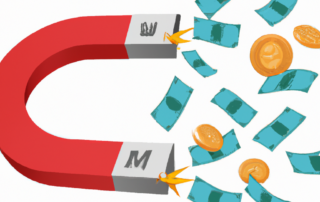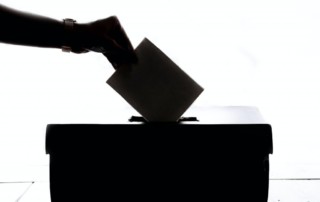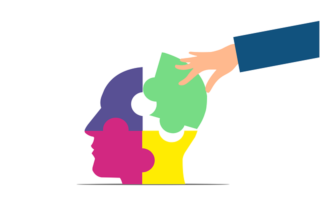The Internet of Things: A Landmark Technology for Behavior Change?
Internet of Things (IoT) devices such as smart watches, smart energy meters, and telematics devices have great potential for changing risky behaviors. These devices collect data about behaviors and replay it to consumers to inspire action. But there are considerations for behavioral scientists if this technology is going to be successful as a behavior change tool. This article discusses three considerations and how behavioral scientists can help to unlock the behavior change potential of IoT.











